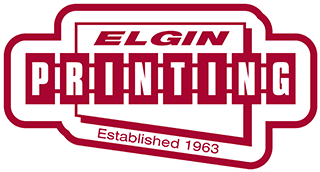Print, Finish & Artwork
Supply your file as a PDF
You can also run a preflight check in Adobe Acrobat, and you can set it up to check for various things, such as image resolution, bleeds, spot colours etc. This is really helpful to check that you haven’t missed anything.”
Artwork and Design
Print and Finishing
Larger volume print work is produced using high quality offset litho, whereby printing plates are made. A range of print finishing options are also available to enhance your printed product such as soft touch lamination, die cutting, foiling and spot UV varnish. If you want to create a great impression then offset with a special effect could be the choice for you due to its tactile nature.”
Digital Printing
Artwork Tips and Advice
Most documents will be created in one of the standard ‘A paper sizes’, please use this graphic as a guide to sizing your document correctly. Please ensure you add bleed to your document, see below
https://www.dropbox.com/s/kcn4vvepcvzks2a/paper-guide%20fixed.png?dl=0
Bleed and crop marks
Convert fonts to outlines
Important: Always save out a separate file once you’ve changed type to outlines, don’t overwrite your original file, ensuring that file remains editable.”
Supply your file as a PDF
You can also run a preflight check in Adobe Acrobat, and you can set it up to check for various things, such as image resolution, bleeds, spot colours etc. This is really helpful to check that you haven’t missed anything.”
Transparencies and effects
Fold and die-cutting guides
Foil blocking and spot UV
Upload your files
Large FTP direct upload is now available from Elgin Printing. If you need this service, please click here to upload your files via this website.
Can’t find what you’re after?
We can quote any custom job!
